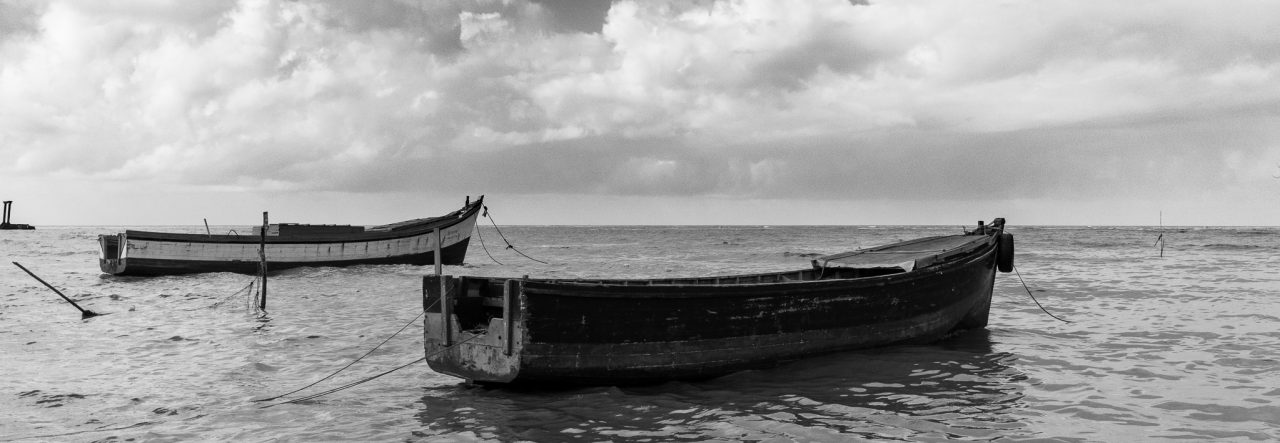Our coastal sea-walls are fairly famous, built by the Dutch during their colonization of the area during the 1600’s and the 1700’s, and lasting all these years, protecting the land which they reclaimed from the sea (mainly Georgetown).
Whilst the walls keep the sea waters out, the Kokers (sluices) and pumps allow water accumulated in the drainage canals to be expelled out to the sea, the Kokers only work effectively if the tide is low, so the pumps are used to augment the Kokers, especially at high tide, but not exclusively.
While walking along the wall at Lusignan, I was passing one of the large pipes through which one of the pumps expel the water when I saw this scene. 🙂
Canon EOS 60D | Tamron 18-270 Lens | 1/400s, f/11, 18mm, ISO400
Click on the image to see it in the Gallery with the other images from this year’s Deck Project so far.


Are you sure there are surviving seawalls from the 1600s and 1700s? I would be very curious to know. All that I know of were built in the 19th century and after by the British.
That looks like fun to do.
well, not being a history buff, I’m not sure… just expressing what I’ve been told all these years… I know that they originally built dams, then erected stone/concrete walls upon them, but if any of the originals survive to today, I don’t know. You’re likely correct that what we see are the modifications or repaired versions by the British 🙂